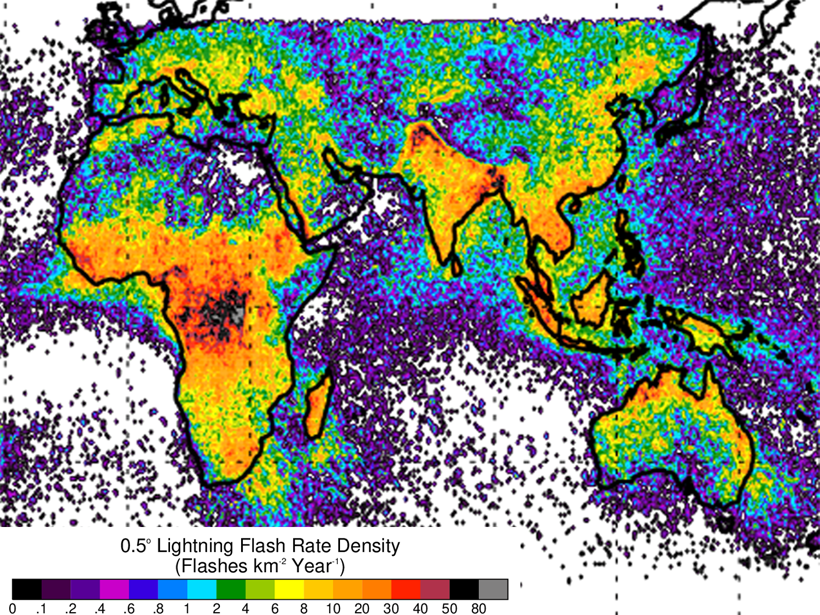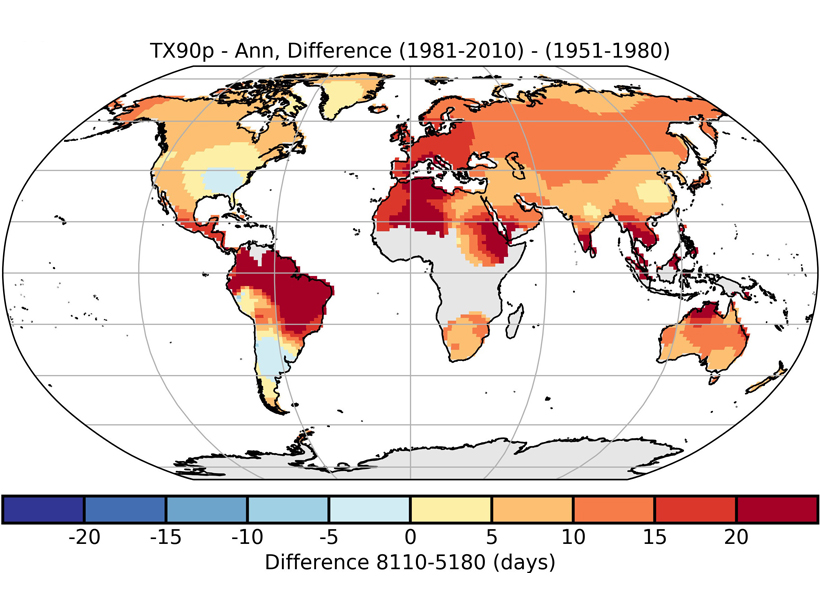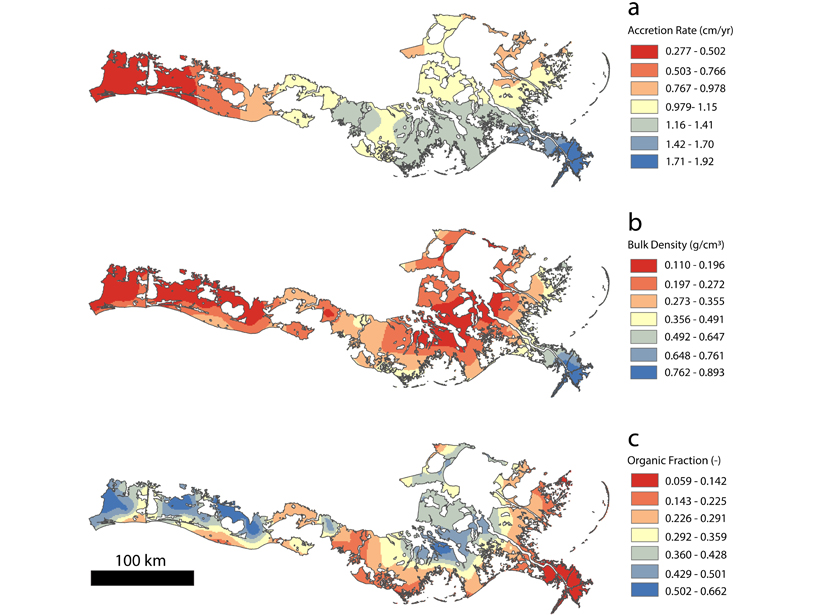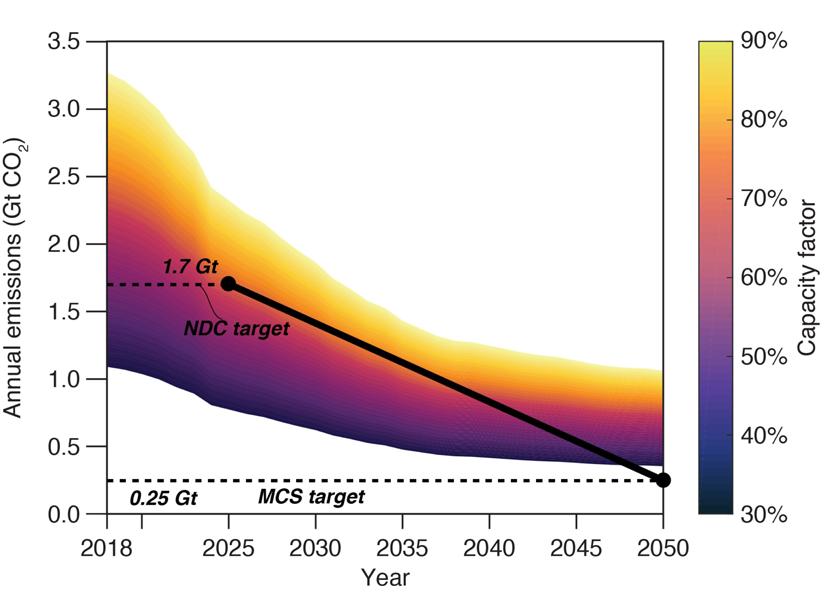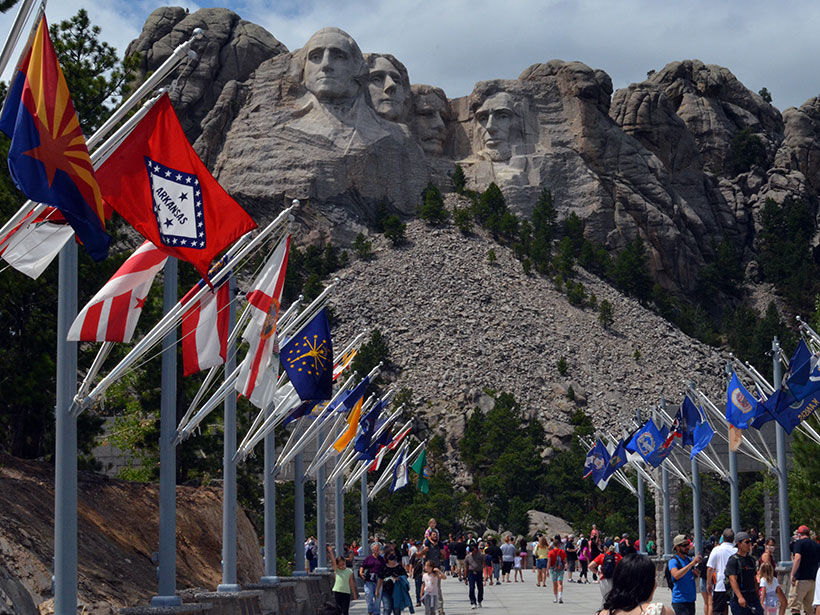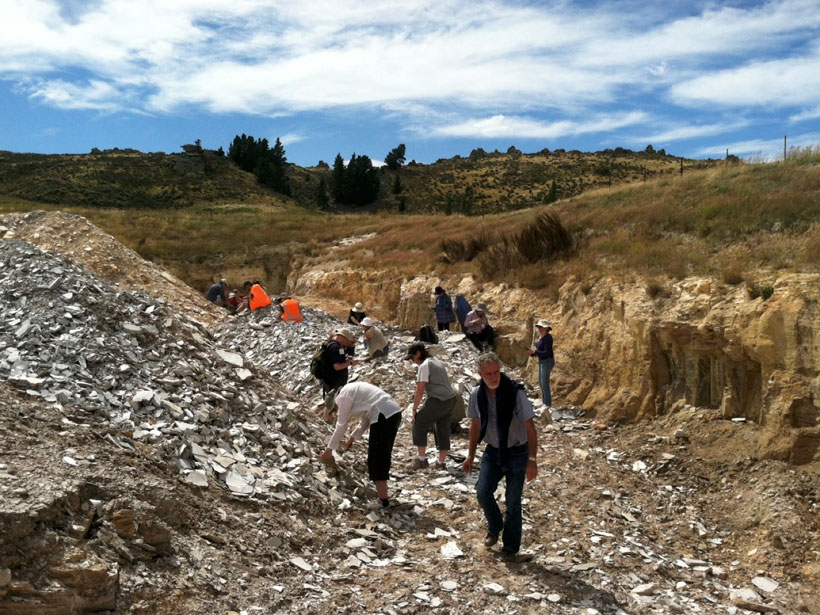The Lightning Imaging Sensor on the International Space Station provides an expanded view of global lightning that improves scientific understanding of the Earth as well as public safety.
CC BY-NC-ND 2020
Kabuki Actor’s Forgotten Manuscript Yields Clues About 1855 Quake in Japan
Researchers analyzed a survivor’s account of the disaster to better understand future temblors.
A New Dataset of Temperature and Precipitation Extremes
HadEX3 is an updated dataset of gridded temperature and precipitation extremes, that covers the period of 1901 to 2018 and has improved spatio-temporal coverage.
East Africa Invests in Strategies to Manage E-Waste
As Uganda develops its e-waste policy, neighboring Rwanda establishes a broad-based plan involving incentives and high-tech facilities.
Coastal Sediment Deficit Appears Smaller Than Previously Thought
With a deficit of sediment needed to compensate for relative sea level rise, a new study demonstrates that organic material cannot be ignored in evaluating mass and volume accumulation rates.
Committed U.S. Power Emissions Incompatible with Paris Agreement
Without a significant reduction in usage, committed emissions from coal and gas plants in the United States are already incompatible with the country’s pledges under the Paris climate agreement.
Mount Rushmore’s Six Grandfathers and Four Presidents
Living in Geologic Time: How long will it take for erosion to erase Mount Rushmore?
Restored Tropical Forests Recover Faster Than Those Left Alone
The costs of active restoration may be offset by aggressive carbon pricing demanded by the Paris Agreement.
Ancient “Pickled” Leaves Give a Glimpse of Global Greening
A unique fossil lake bed in New Zealand has revealed insights into global climate under elevated levels of carbon dioxide but is now off-limits to scientists.
Groundwater Crisis in Zimbabwe Brought On by Droughts
Zimbabwe’s groundwater is disappearing fast, leaving rural communities without water for household and agricultural use.

